How the Inflation Reduction Act (IRA) Helps Homeowners Add Solar Batteries
Jack and his wife, Emily, live in a suburban neighborhood. There have been a number of blackouts this year. In fact, the power outages caused problems like the food in their refrigerator spoiling. Emily works in healthcare at a local clinic, but Jack works remotely from home, so the summer outages have been tough on him. When the electricity was out for three days straight during a late summer heat wave, they decided, at last, to do something about it.
When Emily and Jack bought their house three years ago, they were happy to see that the previous owners had recently installed a solar system on the roof. The 10-kW system drastically cut down their expected utility bill, making it possible to put more money into savings. While chatting with friends in the neighborhood, they learned that a solar storage system can be used to generate further energy savings. Solar batteries give homeowners the option to choose what they want to do with their excess power. Of course, using it for grid failures comes to mind first; the solar storage system can also be activated during peak demand times to cover the higher electricity fees. This, coupled with its ability to kick in when the power goes out, has made a battery very attractive as a clean energy solution for the couple.
They have heard of the massive investment in backup generators that the hospitals, clinics, and essential businesses have had to make to keep the power on. So, adding energy storage to their home’s solar system seemed out of reach financially. But when they learned about the passage of the Inflation Reduction Act (IRA), they wondered if the incentives might help their situation. Emily and Jack are willing to use at least part of their $300-400 a month savings from solar power to invest in battery storage if it can ensure they’ll never lose power.
How might the IRA help them realize their goal of solar + storage?
Here are the numbers. To get the most out of their 10-kW solar system, Emily and Jack would need to invest in a 13-kWh energy storage system. Fortunately, their solar panels pair well with a number of solar energy storage systems, which ensures seamless transfers from grid power to battery power and back again. In most cases, the customers can set their own preferences on whether to store energy for later use or send it back to the grid for savings. They can choose to always have enough backup power, use the stored power to charge an electric vehicle or share any excess with the grid when their solar is really churning, which happens during the long, sunny days of summer.
The IRA provides for a 30% tax credit on the purchase of an energy storage system. How much could that save the couple?
An example of an available 13-kWh (including installation): $18,000
30% Investment Tax Credit: $5,400.
After-Tax Credit Cost: $12,600
How long would it take Emily and Jack to see a return on their investment in energy storage?
Current Annual Savings with Solar: $4,500
Additional Monthly Savings with Energy Storage: $60
Monthly Loan for Energy Storage: $90
The couple believes that a small monthly investment is worth it to ensure their power never fails.
Learn more about energy storage by contacting us!







